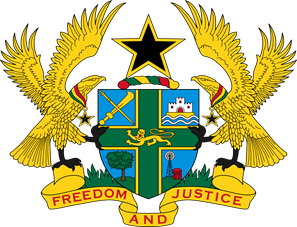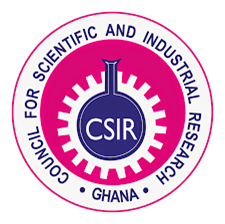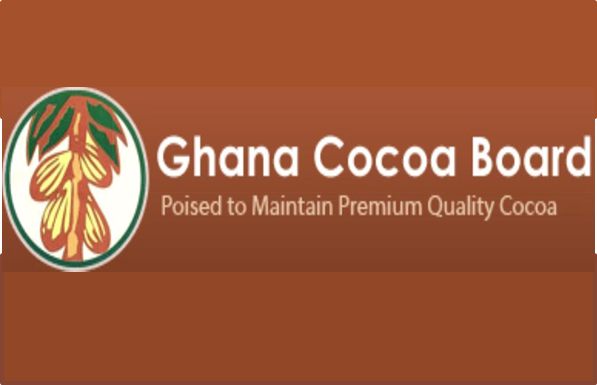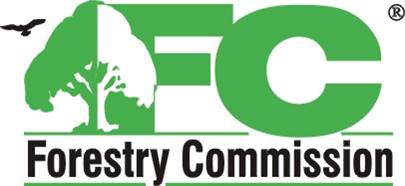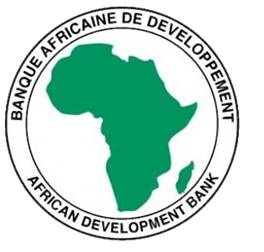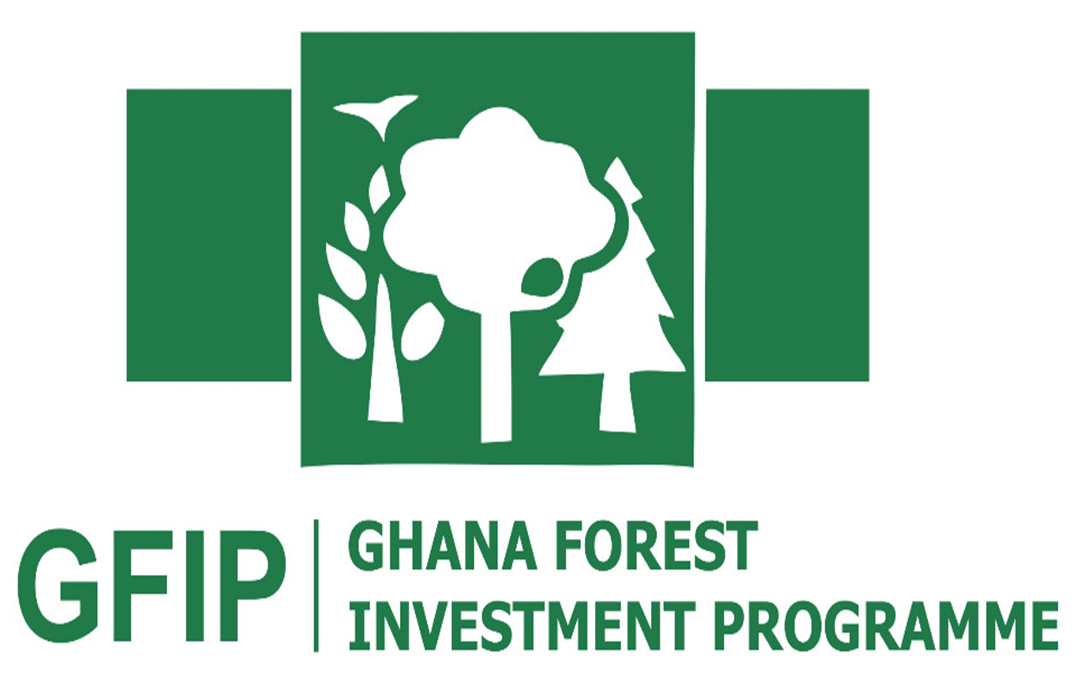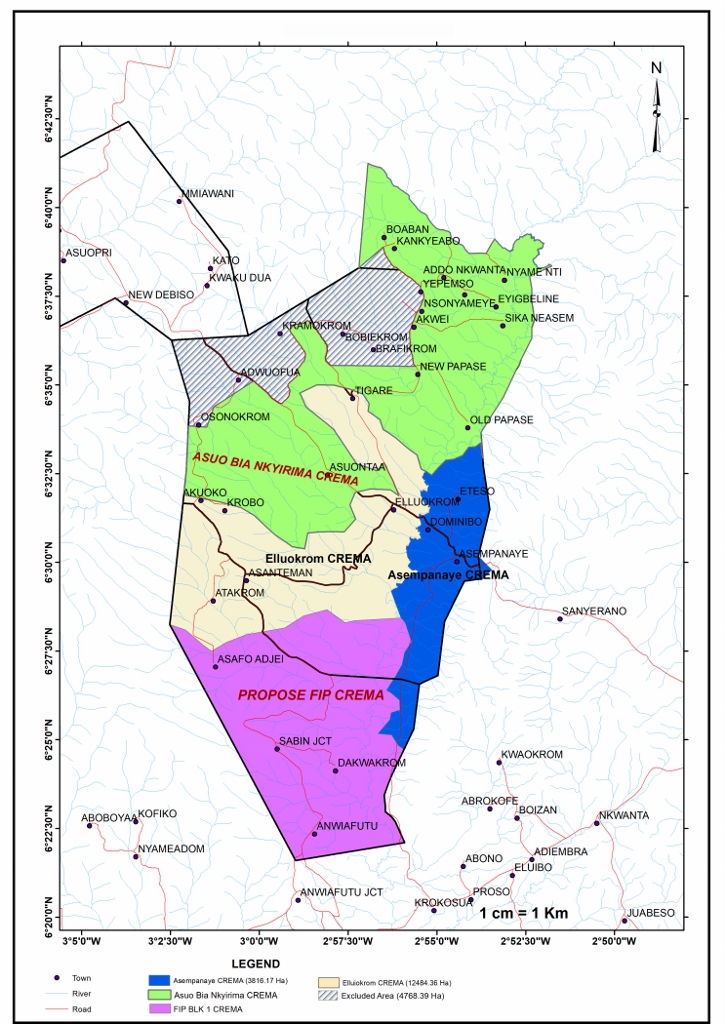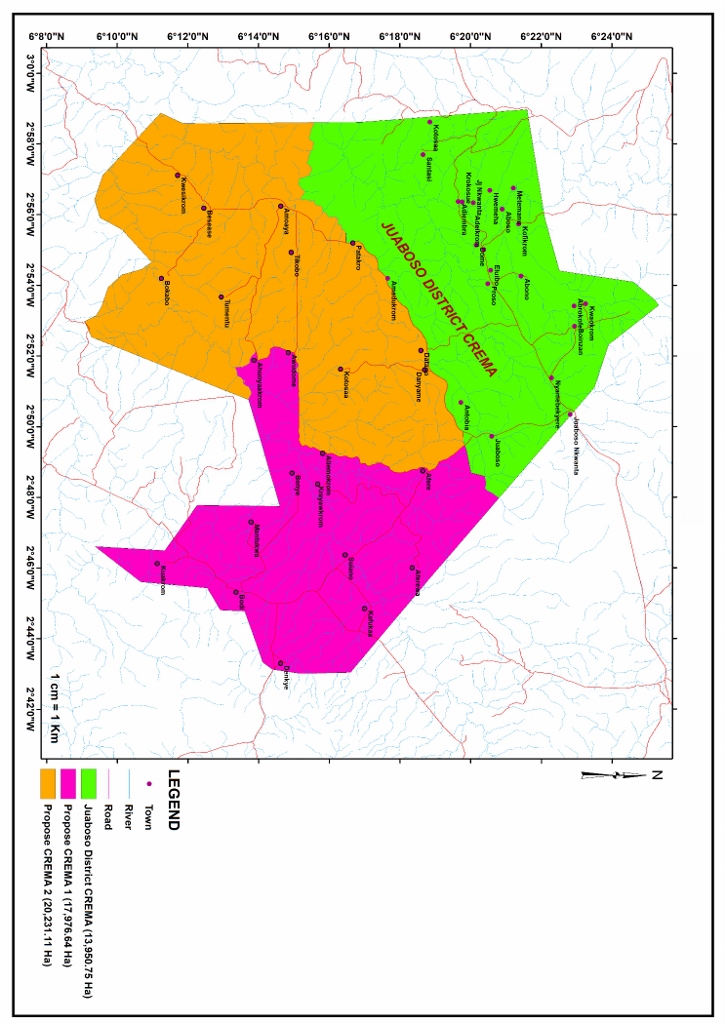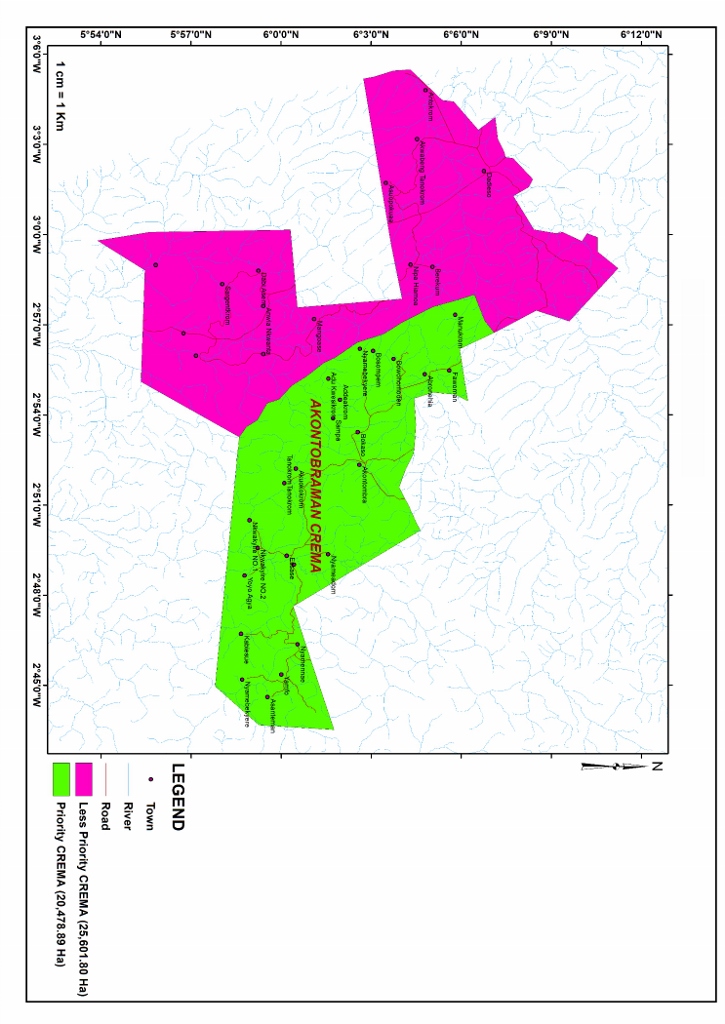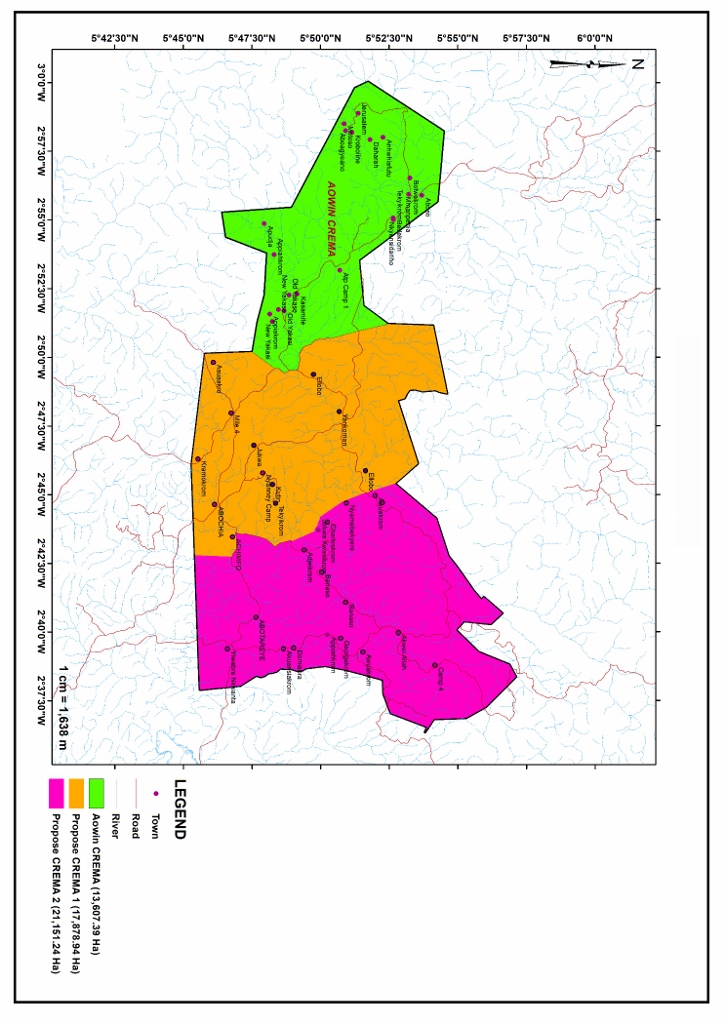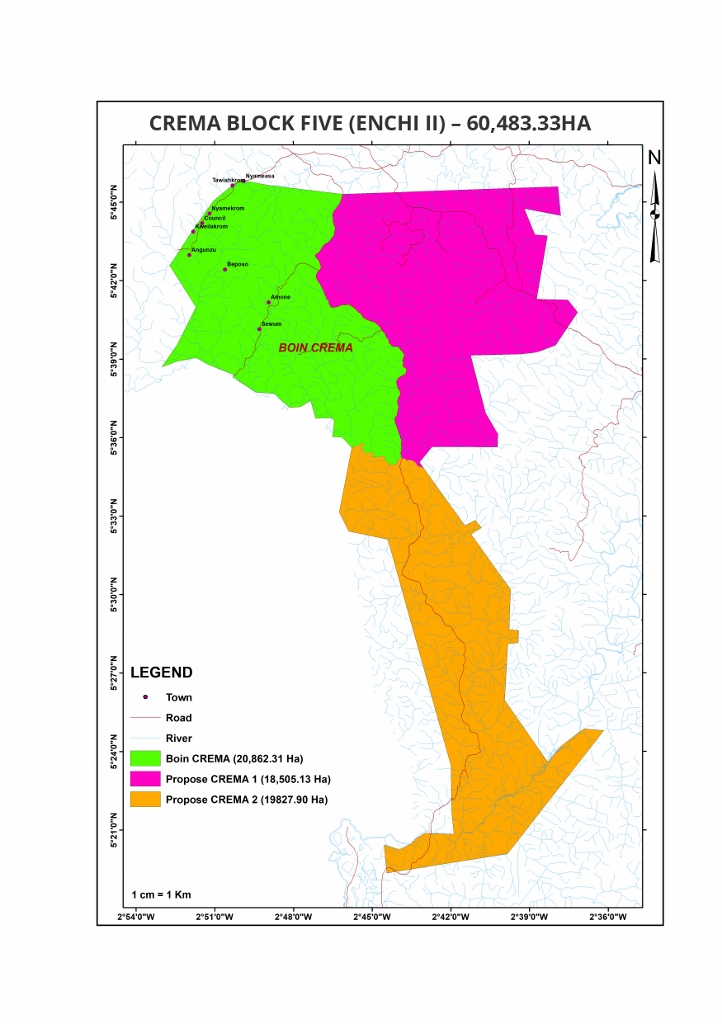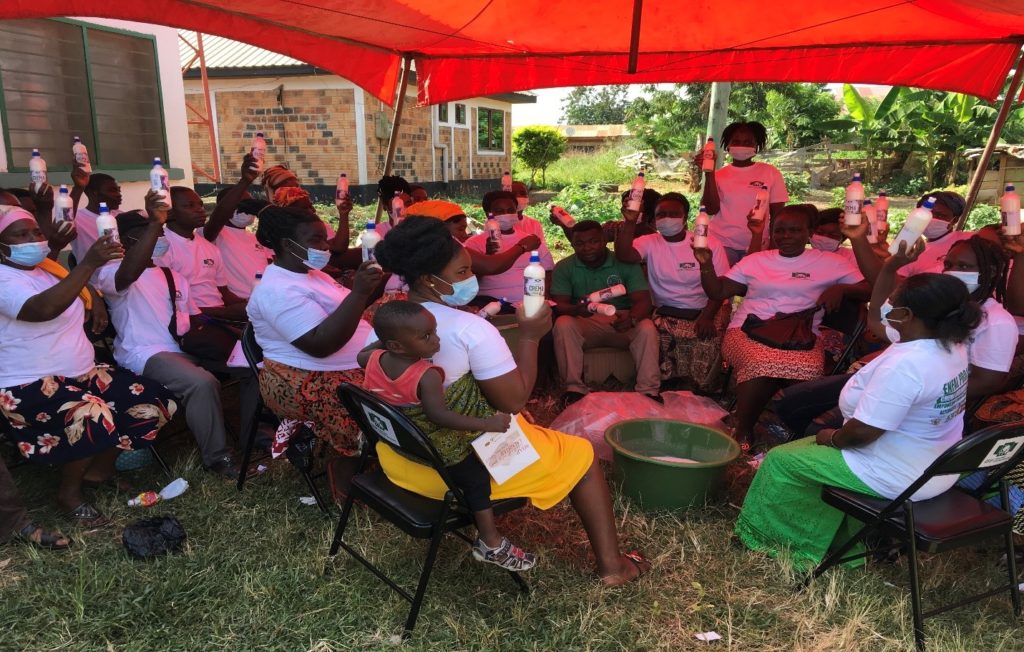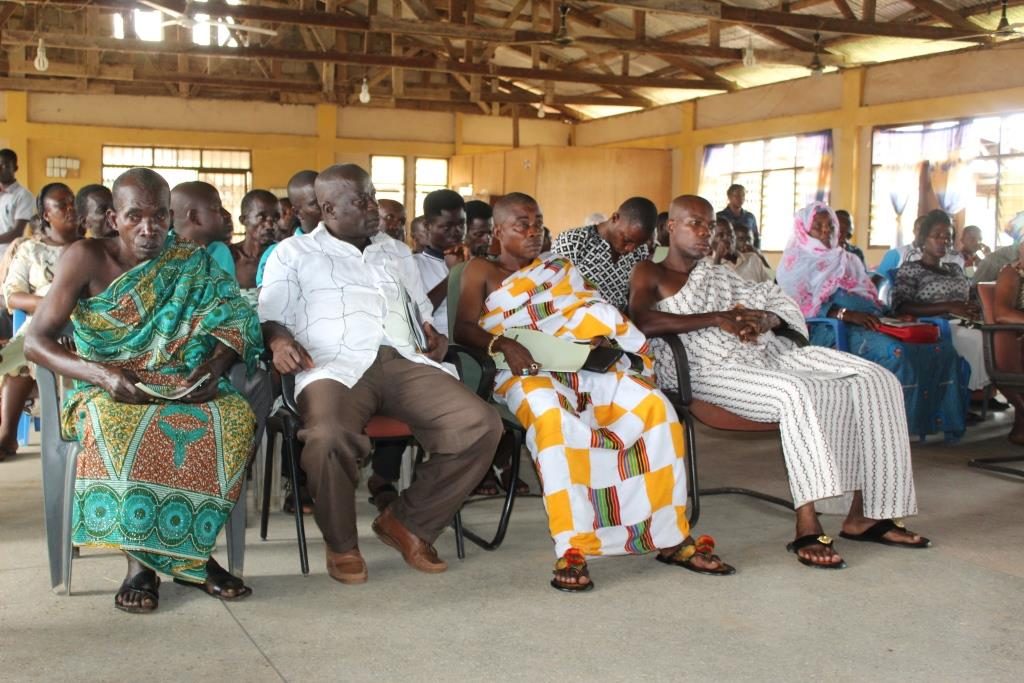
Community Resources Management Area (CREMA)
The Government of Ghana is piloting the Community Resource Management Area (CREMA) concept as a strategy to devolve management powers of natural resources to groups of communities who come together with a common goal and objective.
All About CREMA
Introduction
The Government of Ghana, acknowledging the threats of climate change and the growing cost of natural resource degradation, has adopted an integrated approach to achieving sustainable natural resource management.
The integrated approach which revolves around the Forest and Wildlife Policy of the country and the Ghana Forest Investment Programme (GFIP) is aimed at addressing the underlying factors of the drivers of deforestation and forest degradation. Among these underlying factors are the lack of sense of ownership and inclusiveness in the management of the nation’s forest resources. Often, decision regarding natural resource management and use are taken from top to down which brews a sense of imposition on the forest users. To address this problem, the Ministry of Lands and Natural Resources is operationalizing the strategic actions of the Forest and Wildlife Policy which advocates for collaborative resource management.
This is being achieved through one of the projects of the Ghana Forest Investment Programme “Enhancing Natural Forests and Agroforestry Landscapes” (ENFALP). Under this project, the Government of Ghana is piloting the Community Resource Management Area (CREMA) concept as a strategy to devolve management powers of natural resources to groups of communities who come together with a common goal and objective.
The Community Resource Management Area (CREMA) concept was developed by the Wildlife Division of the Forestry Commission of Ghana to promote collaborative and participatory wildlife management in the country.
The concept principally involves a group of communities agreeing on the management regime of a common area. This works as a community based organization with an executive structure, a constitution and relevant bye-laws that guide and regulate natural resource governance and management activities in the respective constituent communities.
Usually the CREMAs link a number of Protected Areas and Forest Reserves and create an ecological corridor for both fora and fauna. Also the CREMA mechanism creates incentives for farmers by allowing them to benefit from the use of natural resources which in turn encourages them to manage these resources sustainably.
Communities and land owners obtain much more rights to access and control the sustainable use of their natural resources which otherwise is the prerogative of government. Other benefits of CREMAs include improved livelihoods and human wellbeing. It also ensures that habitats are secured, and endangered species are protected. It further strengthens accountability and democratization at the community level, and promotes diversification of income generation which strengthens local economies.
Processes Leading to the Establishment of the GFIP CREMA
To test the CREMA concept under the Ghana Forest Investment Programme, an ecological corridor within the High Forest Zone where cocoa production, deforestation and carbon potentials are high was selected.
The corridor had an estimated area 180,000 ha of which Five (5) CREMAs each with a total area of 10,000 ha was to be established. To ensure inclusion and the respect of rights, one of the key approaches to the establishment of the CREMAs was wider consultation and consensus building. Also paramount in the establishment process was the engagement of Community Based Organizations (CBOs) to facilitate the process. These CBOs had extensive knowledge about the landscape and were very versed in community entry and rural appraisal.
With the overall CREMA establishment expertise from the Wildlife Division of the Forestry Commission and the capacity of the CBOs, the processes leading to the establishment of the GFIP CREMAs were lively and engendered a lot of support from the targeted groups. This was evident in the over-subscription of the initiative.
Consultations and Consensus Building
The core of the establishment process was the consultations and consensus building.
This aspect was critical in the sense that the buy-in and the sense of ownership begins at this stage. This stage always borders around rights and inclusiveness.
The Investment Programme exceled in this area. The CBOs played an integral role with the support of the Forestry Commission and Ghana Cocoa Board to make the process as inclusive as possible, and conflict free. A grievance system was in place during all these processes.
Delineation of the CREMA Boundaries
After the consultations and consensus building to arrive at the conceptualized CREMAs, a consultant was recruited to delineate and demarcate the CREMA boundaries. The task was carried out in a participatory manner to ensure that areas are not wrongfully demarcated leading to restriction of access or land loss.
Five CREMAs were delineated within the ecological corridor They are:
- Aowin CREMA
- Boin CREMA
- Akontombraman CREMA
- AsuoBiaNkyirima CREMA
- Juaboso District CREMA
CREMA AREA MAPS
GFIP Partners
